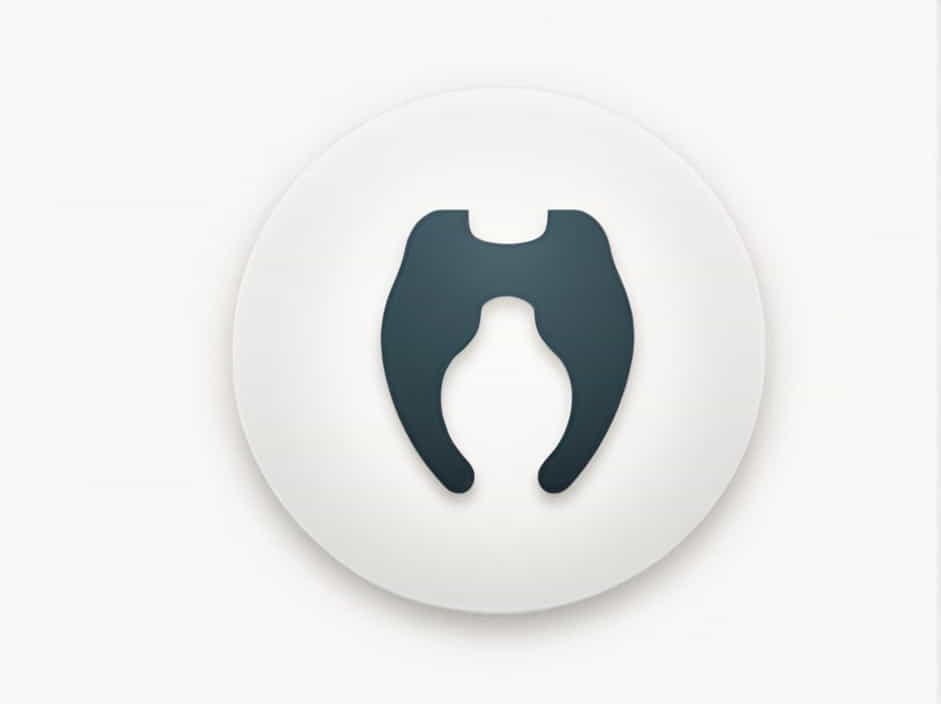The hip bone, also known as the pelvic bone, is a vital structure in the human skeletal system. It plays a key role in supporting body weight, enabling movement, and protecting internal organs. Without the hip bone, activities such as walking, running, and even sitting would be difficult. This topic explores the functions of the hip bone, its anatomy, and its importance in daily life.
Anatomy of the Hip Bone
The hip bone is a large, irregular bone that forms the pelvis. Each side of the pelvis contains one hip bone, which consists of three fused bones:
- Ilium – The largest and uppermost part of the hip bone.
- Ischium – The lower, posterior part that supports sitting.
- Pubis – The front portion of the hip bone that connects at the pubic symphysis.
These three parts fuse together during adolescence, forming a single strong and stable structure. The hip bone also connects with the sacrum at the sacroiliac joint, forming a complete pelvic girdle.
Functions of the Hip Bone
1. Supports Body Weight
One of the primary roles of the hip bone is to support the weight of the upper body. It transfers weight from the spine to the lower limbs, allowing for balance and stability.
- When standing, the hip bones evenly distribute weight to both legs.
- When sitting, the ischium bears most of the body’s weight, ensuring comfort and stability.
Without a strong hip bone, maintaining posture and movement would be difficult.
2. Enables Movement and Flexibility
The hip bone forms the hip joint, which connects to the femur (thigh bone). This ball-and-socket joint allows for a wide range of motion, including:
- Flexion and Extension – Bending and straightening the leg.
- Abduction and Adduction – Moving the leg away from and toward the body.
- Rotation – Twisting the leg inwards and outwards.
These movements are essential for daily activities such as walking, running, climbing stairs, and bending.
3. Protects Internal Organs
The hip bone plays a protective role by shielding vital organs located in the pelvic cavity, including:
- Bladder – Stores urine before elimination.
- Reproductive organs – Such as the uterus in females and the prostate in males.
- Intestines – Portions of the small and large intestines are housed within the pelvic region.
Without the strong structure of the hip bone, these organs would be more vulnerable to injury.
4. Provides Attachment for Muscles
Many muscles of the lower body attach to the hip bone, allowing for powerful movements. Some key muscles include:
- Gluteal muscles (gluteus maximus, medius, and minimus) – Responsible for hip extension and stability.
- Hip flexors (iliopsoas) – Help lift the leg and bend at the waist.
- Hamstrings and quadriceps – Assist in leg movement and knee extension.
These muscular connections make the hip bone a crucial part of overall strength and mobility.
5. Supports Posture and Stability
The pelvic structure helps maintain proper posture by keeping the spine aligned and providing a stable base for movement. A well-aligned pelvis ensures:
- Good spinal support, reducing lower back pain.
- Proper weight distribution, preventing joint strain.
- Efficient movement, reducing the risk of injury.
People with hip misalignment may experience lower back pain, gait abnormalities, or balance issues.
Common Hip Bone Disorders and Injuries
Despite its strength, the hip bone is prone to injuries and medical conditions. Some common issues include:
1. Hip Fractures
- Often caused by falls or accidents, especially in older adults with osteoporosis.
- Can severely affect mobility and independence.
- May require surgery and rehabilitation.
2. Osteoarthritis of the Hip
- A degenerative joint disease affecting the hip joint.
- Causes pain, stiffness, and reduced mobility.
- Often occurs due to aging, obesity, or repetitive stress on the joint.
3. Hip Dysplasia
- A condition where the hip socket is too shallow, leading to instability.
- Can be present at birth (congenital) or develop over time.
- May require bracing, physical therapy, or surgery.
4. Bursitis
- Inflammation of the bursa (fluid-filled sacs) that cushion the hip joint.
- Causes pain and tenderness around the hip.
- Often results from overuse or repetitive motion.
How to Keep Your Hip Bone Healthy
Maintaining hip bone health is essential for overall mobility and quality of life. Here are some tips to keep your hips strong and pain-free:
1. Exercise Regularly
Engage in activities that strengthen the hip muscles and improve flexibility, such as:
- Walking or jogging – Helps maintain bone density.
- Strength training – Exercises like squats and lunges strengthen hip muscles.
- Stretching and yoga – Improves flexibility and reduces stiffness.
2. Maintain a Healthy Diet
Eating a diet rich in bone-strengthening nutrients helps prevent hip bone deterioration:
- Calcium-rich foods – Dairy products, leafy greens, almonds.
- Vitamin D sources – Sunlight exposure, fatty fish, fortified foods.
- Protein intake – Supports muscle and bone strength.
3. Practice Good Posture
- Keep your spine aligned while sitting and standing.
- Avoid prolonged sitting to prevent stiffness.
- Use ergonomic chairs to support your lower back and hips.
4. Prevent Falls and Injuries
- Use proper footwear to avoid slipping.
- Keep living spaces free from clutter to reduce fall risks.
- Strengthen core muscles to improve balance.
The hip bone is a vital structure that supports the body, enables movement, protects internal organs, and maintains posture. Its strong yet flexible nature allows for a wide range of activities, from simple walking to intense athletic performance. However, it is essential to take care of your hip bones through proper exercise, a healthy diet, and injury prevention. By maintaining hip bone health, you can enjoy better mobility and a higher quality of life for years to come.
